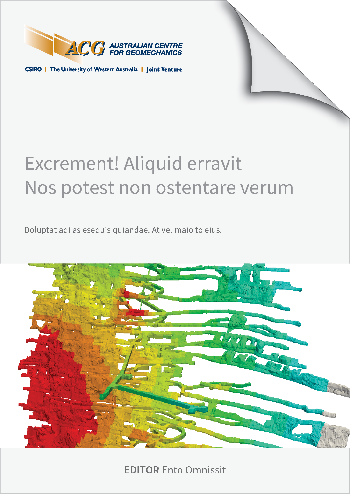Induced seismicity at Raura mine and its application to mine planning

|
Authors: Jarufe, J; Morante, C; Espinosa, A; Rubio, E; Cuba, I Paper is not available for download Contact Us |
DOI https://doi.org/10.36487/ACG_repo/2435_A-04
Cite As:
Jarufe, J, Morante, C, Espinosa, A, Rubio, E & Cuba, I 2024, 'Induced seismicity at Raura mine and its application to mine planning ', in Daniel Johansson & Håkan Schunnesson (eds), MassMin 2024: Proceedings of the International Conference & Exhibition on Mass Mining, Luleå University of Technology, Luleå, pp. 39-49, https://doi.org/10.36487/ACG_repo/2435_A-04
Abstract:
The increase in the depth at which mining operations are carried out has, among other consequences, an increase in seismic hazard due to factors such as the stress environment, the geotechnical quality of the rock mass, and the characteristics of the discontinuities. In this scenario, the main threat to the continuity of the mining process due to geomechanical aspects is the occurrence of the rockburst phenomenon, which consists of a sudden, fragile type of failure with a projection of fragmented material, which has potentially serious consequences for the infrastructure and the integrity of people. The experience accumulated in recent years, from operations that present this type of instabilities, shows that the continuous recording of the seismicity activity induced by mining activity and its analysis together with the exploitation rates and mining sequence, have allowed a better control in terms of the seismic activity, have allowed greater control in terms of identifying the areas most likely to be affected by this phenomenon and estimating the magnitude of the maximum expected event, which allows incorporating in mine planning control measures such as design and fortification protocol, definition of extraction rates, sequence of progress for exploitation from the short to the long term and programming of developments.
References:
Gibowicz, S.J. & Kijko, A. (1994). An introduction to mining seismology, International geophysics series. Academic Press, San Diego.
Hofmann, G. F. & Scheepers, L. J. (2011). Simulating fault slip areas of mining induced seismic tremors using static boundary element numerical modelling. Mining Technology 120, 53-64. .
Hudyma, M. & Potvin, Y. H. (2010). An Engineering Approach to Seismic Risk Management in Hardrock Mines. Rock Mech Rock Eng 43, 891-906. .
Linzer, L. M., Hildyard, M. W., Spottiswoode, S. M. & Wesseloo, J. (2020). Do stopes contribute to the seismic source? The Southern African Insitute of Mining and Metallurgy 120, 81-90.
Potvin, Y., Jarufe, J. & Wesseloo, J. (2010). Interpretation of seismic data and numerical modelling of fault reactivation at El Teniente, Reservas Norte sector. Mining Technology 119, 175-181. .
Wesseloo, J. (2014). Evaluation of the spatial variation of b- value. The Journal of The Southern African Institute of Mining and Metallurgy 114, 823-828.
© Copyright 2025, Australian Centre for Geomechanics (ACG), The University of Western Australia. All rights reserved.
View copyright/legal information
Please direct any queries or error reports to repository-acg@uwa.edu.au
View copyright/legal information
Please direct any queries or error reports to repository-acg@uwa.edu.au